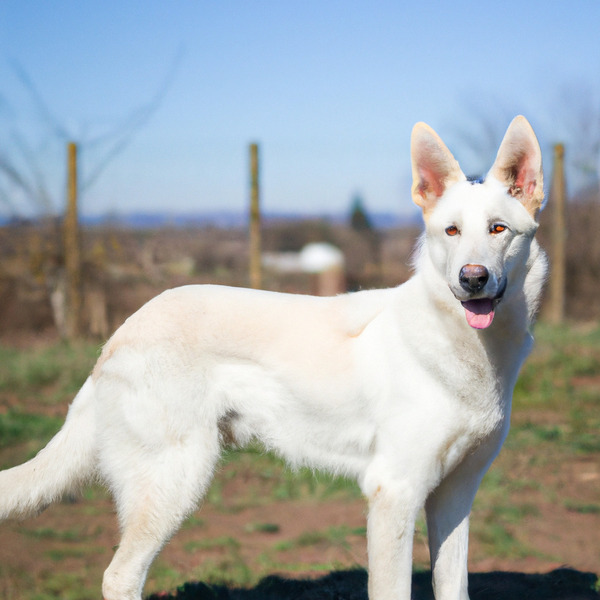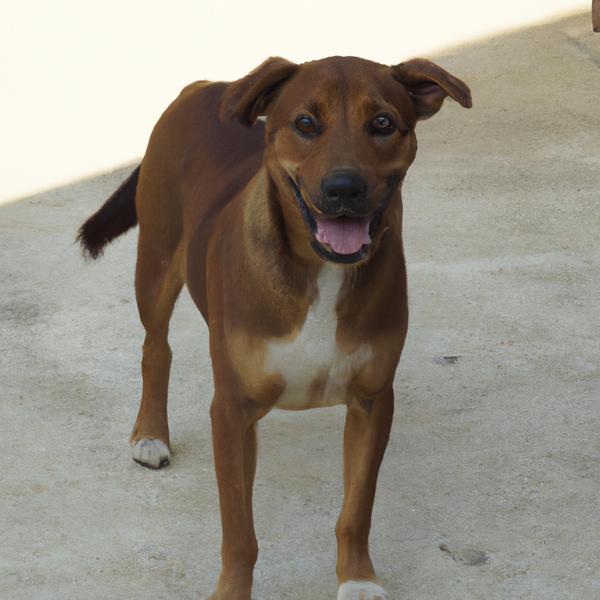White Shepherd vs. Rottle: Breed Differences and Similarities
Hypoallergenic
Are White Shepherds or Rottles hypoallergenic, or neither?
Unfortunately, neither White Shepherd nor Rottle are hypoallergenic, which may not make them the best choice for dog lovers who suffer from pet allergies.
Watchdog Ability
Which dog breed makes a better watchdog, the White Shepherd or Rottle?
Choose a White Shepherd if you want a top-notch watchdog. This breed takes guarding seriously, and may not require much training, though obedience or guard dog training can improve their skills.
Rottles make excellent watchdogs - they're vocal and protective of their territory.
Ancestry
What are the origins of White Shepherd and Rottle breeds?
German Shepherd Dog
Poodle, Rottweiler
Date of Birth
When were White Shepherd and Rottle breeds first developed?
1900s
1980s
Eye Color Possibilites
What are the eye colors of White Shepherd and Rottle dogs?
Brown
Brown
Nose Color Possibilites
What are the natural nose colors of White Shepherd and Rottle?
Black
Brown
Black
Coat Color Possibilites
What are the natural colors of the coat for White Shepherd and Rottle breeds?
Cream
White
Black
Gray
Brown
Red
Cream
Blue
White
Pied
Coat Length
What is the typical coat length for White Shepherd and Rottle breeds?
White Shepherds have medium-length coats.
Rottles have longer coats compared to most dogs.
Coat Density
What is the density of the coat of White Shepherd and Rottle?
Coat Texture
What is the hair texture of White Shepherd and Rottle?
Straight
Curly
Litter Size
What is the usual litter size for White Shepherd and Rottle?
A White Shepherd can have a litter of 12-14 puppies on average. However, it's worth noting that the size of the litters can vary greatly. Factors that can influence litter size include the health of the mother, breeding history, and genetics.
A Rottle can have a litter of 8-12 puppies on average. However, it's worth noting that the size of the litters can vary greatly. Factors that can influence litter size include the health of the mother, breeding history, and genetics.
Major Concerns
What are the major health concerns for White Shepherd and Rottle breeds?
Hip And Elbow Dysplasia
Osteochondritis Dissecans
Cobalamin Malabsorption
Gastric Dilation Volvulus (GDV) or Bloat
Patellar Luxation
Hip And Elbow Dysplasia
Subaortic Stenosis
Mitral Valve Dysplasia
Gastric Dilation Volvulus (GDV) or Bloat
Minor Concerns
What minor health issues should be kept in mind when owning White Shepherd and Rottle?
Allergies
Megaesophagus
Eye Problems
Sebaceous Adenitis
Von Willebrand's Disease
Osteochondritis Dissecans
Progressive Retinal Atrophy (PRA)
Occasional Tests
What occasional tests are recommended for White Shepherd and Rottle breeds?
CERF
Blood And Urine Analysis
Yearly Physical Examination
OFA on hips and elbows
Eye Examination
Skin Evaluation
Cardiac Ultrasound
Blood And Urine Analysis
Diagnostic Imaging
DNA
Energy
How do the energy levels of White Shepherds and Rottles compare?
White Shepherds thrive on an active lifestyle due to their high-energy nature.
Rottles are suitable for those with a balanced lifestyle as they have an average energy level.
Exercise Needed
White Shepherd vs Rottle exercise need comparison.
White Shepherds need high physical activity and are ideal for active individuals, but not suitable for sedentary lifestyles or small apartments.
Rottles require significant physical activity and suit those with an active lifestyle.
Tendency to Bark
Do White Shepherds or Rottles bark more/less frequently?
White Shepherd and Rottles tend to bark moderately, they bark when necessary, such as to alert their owner or to communicate something. They may also bark due to certain triggers like fear, alarm, boredom, greeting, separation anxiety and compulsive barking.
Activity Level
Which breed has higher energy, White Shepherds or Rottles?
White Shepherds are medium-energy dogs and typically enjoy socializing and playing casual or even sustained games of chase with other dogs. They may also have occasional periods of barking or racing around the house.
Rottles are high-energy dogs. They need mental as well as physical exercise. These dogs require a lot of your involvement and without it they can, and will, become problematic dogs.
Walks per Week
How many miles should White Shepherd or Rottle walk each week?
There's really no limit to how far you walk your dog as long as they're comfortable. For White Shepherd, it's at least 8 miles / week. Just remember to build distance and stamina gradually over time.
There's really no limit to how far you walk your dog as long as they're comfortable. For Rottle, it's at least 14 miles / week. Just remember to build distance and stamina gradually over time.
Activity per Day
Do White Shepherds or Rottles require more exercise?
In general most White Shepherds usually need at least 30 minutes of exercise daily. This can be spread across the day and include all sorts of high-energy activities, like walking, running and playing.
In general most Rottles usually need at least 90 minutes of exercise daily. This can be spread across the day and include all sorts of high-energy activities, like walking, running and playing.
Grooming
Which breed is easier to maintain in terms of grooming, White Shepherds or Rottles?
White Shepherds have high grooming needs, requiring regular trims and professional grooming assistance to keep their coat healthy.
The Rottle requires an average amount of grooming compared to other breeds.
Brushing Frequency
What is the recommended brushing frequency for White Shepherd and Rottle dogs?
White Shepherd should be brushed at least once a week. Of course you can give them more frequent brushes if you find that they are still shedding a lot
Ideally, Rottle should be brushed at least 2 or 3 times a week (preferably daily) improve shedding.
Brushing Tools
What brushing tools are used for White Shepherds and Rottles?
Slicker Brush
Comb
Deshedder
Pin Brush
Comb
Clipper
Nail Clipper
Cups
How much food should be given to White Shepherd or Rottle in cups?
For an average 77-88 pound (35 - 40 kg) White Shepherd feed 3 cups daily. But, keep in mind, the amount you feed is going to be dependent on the quality of the food you are feeding.
For an average 60-100 pound (27 - 45 kg) Rottle feed 3.5 cups daily. But, keep in mind, the amount you feed is going to be dependent on the quality of the food you are feeding.
Daily Cost
Which breed has a higher daily cost, White Shepherd or Rottle?
The average cost of a White Shepherd is somewhere $2.10 - $2.70 per day.
The average cost of a Rottle is somewhere $3.40 - $4.50 per day.
Monthly Cost
Which breed has a higher monthly cost, White Shepherd or Rottle?
The average per month expenses of a White Shepherd is between $55 - $73. This makes an average of $660 - $876 per year. It will be on the higher side when the dog is still small because it will need more frequent visits to the vet, shots.
The average per month expenses of a Rottle is between $101 - $134. This makes an average of $1212 - $1608 per year. It will be on the higher side when the dog is still small because it will need more frequent visits to the vet, shots.
Intelligence
Comparing Intelligence: White Shepherds vs Rottles
White Shepherd is highly intelligent and very trainable.
Rottle is a very intelligent and trainable breed.
Affection Dependance
Which is the more affectionate dog breed: White Shepherd vs Rottle?
Dog Friendly
Which breed is more sociable with other dogs: White Shepherd or Rottle?
White Shepherds are generally very friendly towards other dogs, with a happy and affectionate temperament.
Rottles are average in their friendliness towards other dogs, and socialization can help.
Playfulness
Which breed is more playful between White Shepherd and Rottle?
White Shepherd and Rottle are playful dogs. So, no matter how busy the day may get, the best thing you can do for White Shepherd and Rottle is to make time each day to play. It can be as little as 15-20 minutes, and it will mean the world to them.
Trainability
How do the trainability levels of White Shepherds and Rottles compare?
The White Shepherd is highly intelligent and eager to please, making it a great choice for both novice and experienced dog owners due to its easy trainability.
Rottles are popular for their ease of training and quick learning ability.
Compare White Shepherd with other breeds
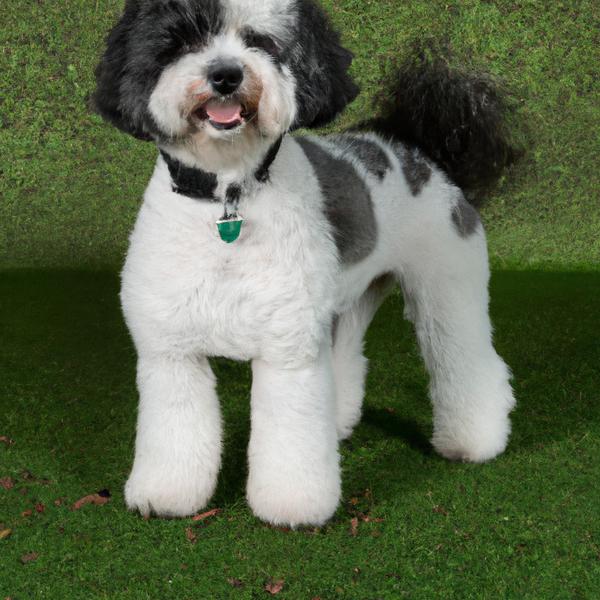
Bostchon
White Shepherd vs Bostchon
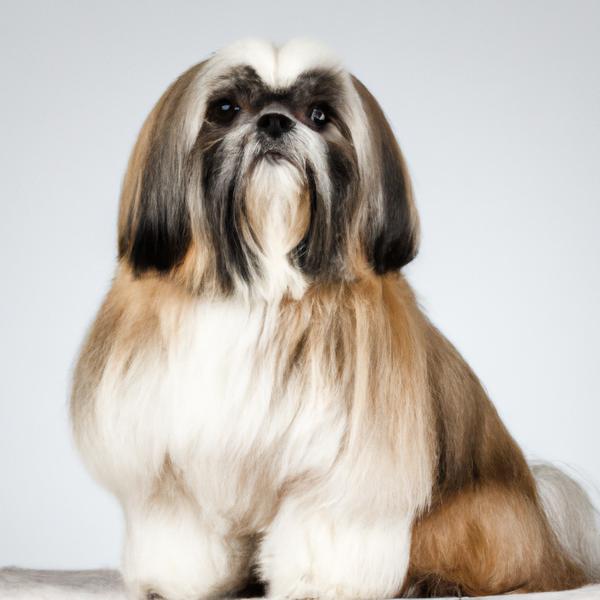
Jatzu
White Shepherd vs Jatzu

American Bullweiler
White Shepherd vs American Bullweiler
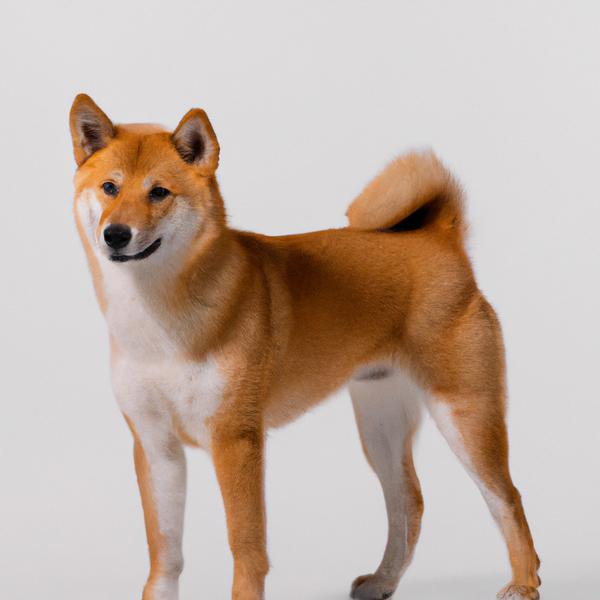
Shibadox
White Shepherd vs Shibadox
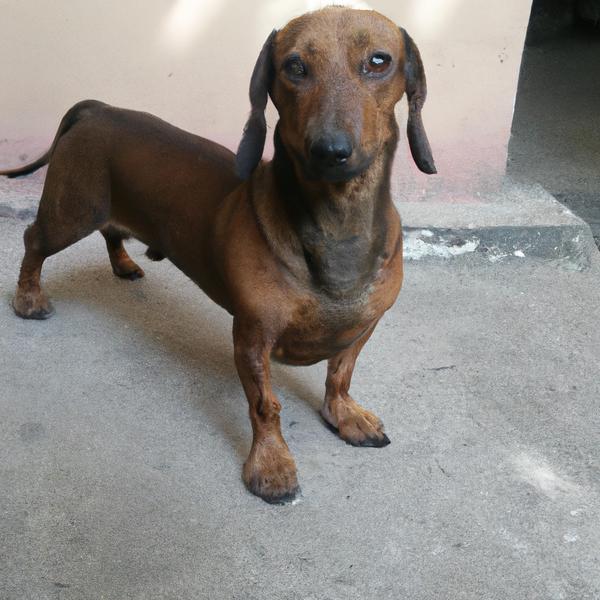
Papshund
White Shepherd vs Papshund
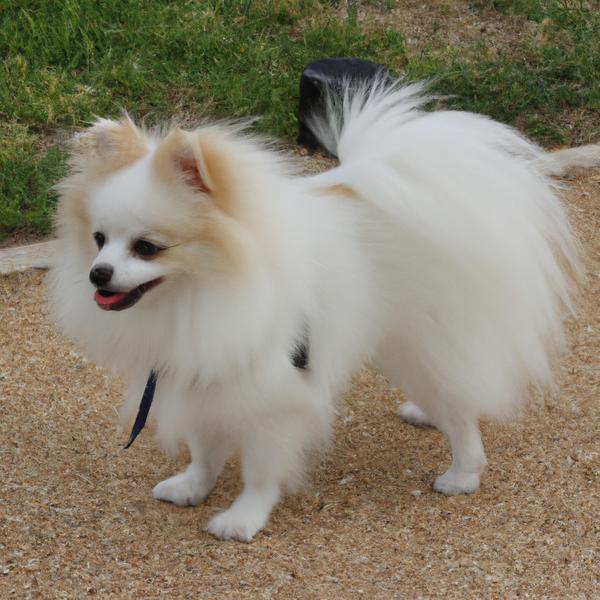
Pom-Coton
White Shepherd vs Pom-Coton
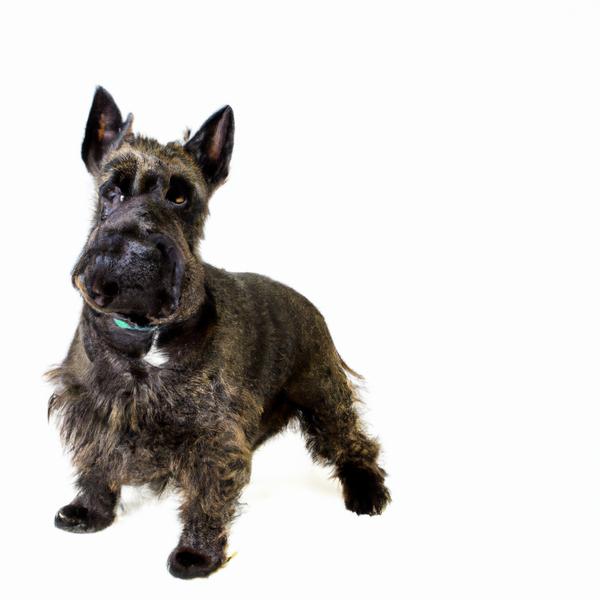
Scoland Terrier
White Shepherd vs Scoland Terrier
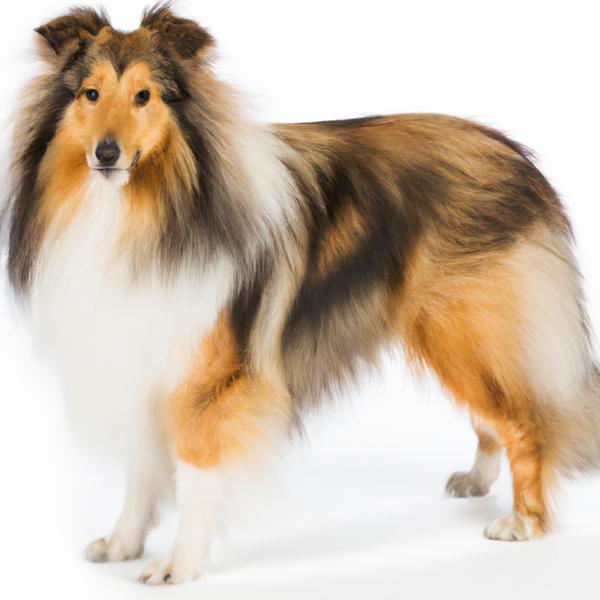
Shelestie
White Shepherd vs Shelestie
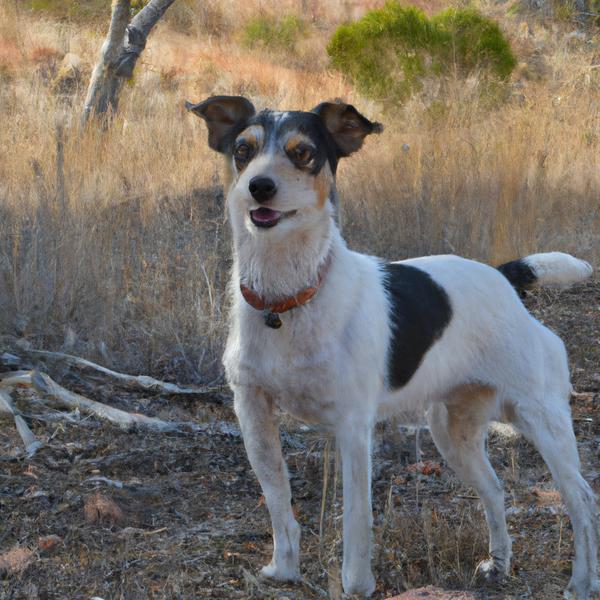
Bushland Terrier
White Shepherd vs Bushland Terrier
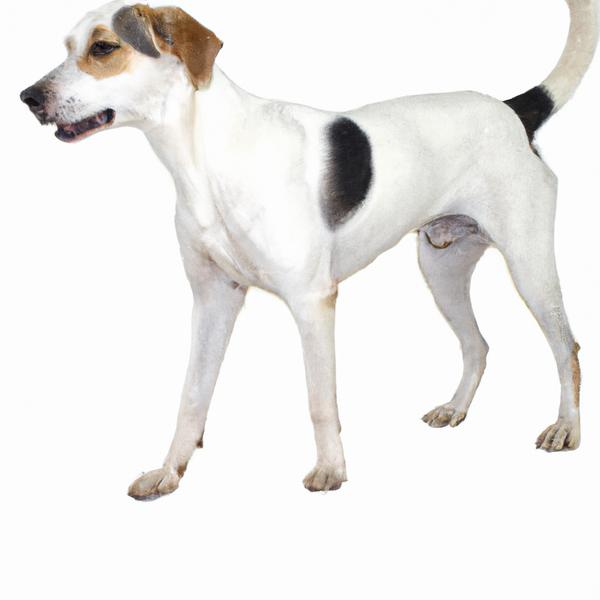
Tibalier
White Shepherd vs Tibalier
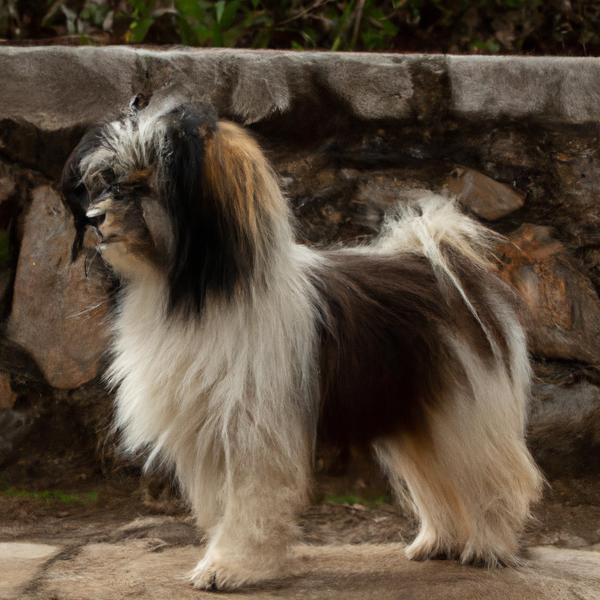
Tibepillon Terrier
White Shepherd vs Tibepillon Terrier
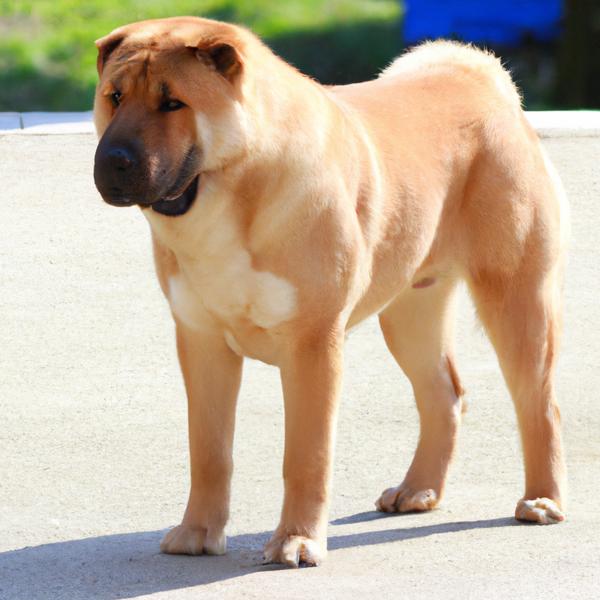
Sharbo
White Shepherd vs Sharbo
